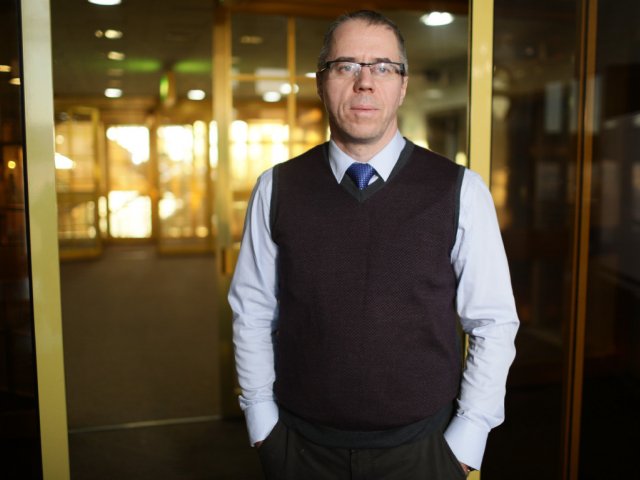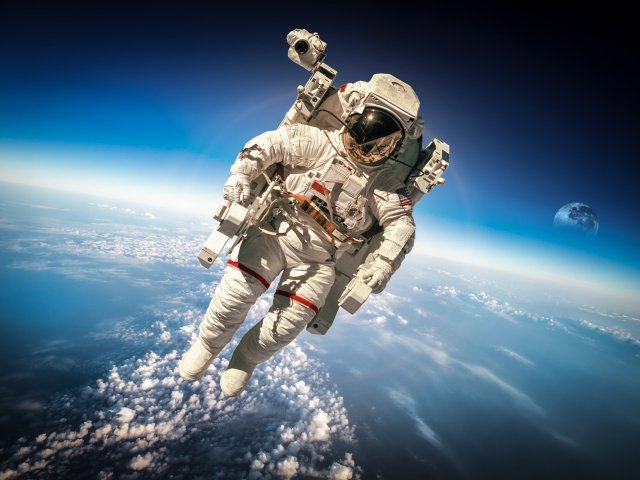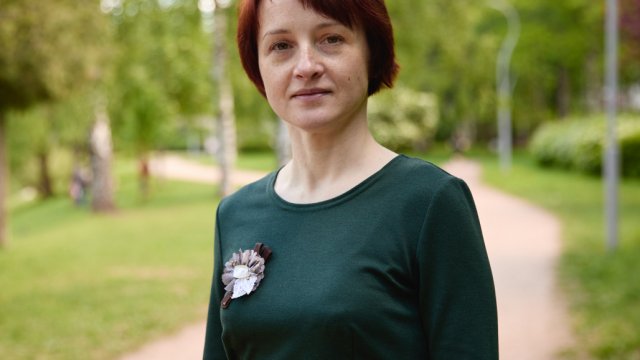On that day in 1914, the first electric traffic lightdesigned by James Hoge was put into place on the corner of Euclid Avenue and East 105th Street in Cleveland. Or rather, not one but four traffic lights were installed. The traffic control system used two colors: green and red. There was a buzzer that sounded as the signal changed. The traffic regulations could not be simpler: right turns were allowed at any time provided there was no obstacle, left turns – only with the green light, around the center of the junction. Firemen and police could control the device.
However, there had been traffic lights in various cities before that day. So why celebrate it this very day? The thing is that the predecessors of Hoge’s traffic light were not the prototypes of modern traffic signals, and some were not even patented.
The world’s first traffic light was installed near the British Parliament building in London on December 10, 1868. It was invented by John Peake Knight, a specialist in railway semaphores. Knight followed the same principle as was used on railways: manual control, two moving arms. If the arms were put in the horizontal position, traffic stopped. The 45-degree angle of the arms meant the drivers could drive on with caution. For night time, there was a rotating gas-powered lamp with red and green lights. That was where pedestrians looked at: the green light was for them when carriages stopped at the red light and waited for their turn to move. All would have been well but for one incident. On January 2, 1869, a traffic light gas lamp exploded, injuring the policeman on duty. After that, traffic lights were banned.
Further development of the traffic light took place in the United States. In 1910, Ernest Sirrine tested an automatically controlled traffic signal. The automated box showed signs saying: “Stop” and “Proceed”. Electrification did not reach traffic lights until two years later, when Lester Wire invented an electric traffic light. He designed a device with two round signal lights, which were traditionally red and green. However, the invention was never patented. But James Hoge succeeded in doing exactly that with his invention several years later.
With the traffic light patented and acknowledged, inventors decided to improve it. Another color was added in 1920. It was the cheerful yellow of course. The yellow light was used to buy time while the policeman was switching the signals. The inventors were Americans William Potts and John F. Harris. Their traffic light had four sides, which made it easier to use.
Why those three colors though? Red, yellow, and green are very easily seen by the human eye. Our eyes actually see scattered waves: from the long-wave red to the short-wave blue. Short waves scatter faster in the atmosphere than long waved do. This is why the Stop signal, which needs to be seen in advance, is red. The green color is perceived from a shorter distance, becoming visible as the person approaches the object. Besides, psychology is always necessary where people are concerned. To people, red means danger. Green means calmness. Yellow perhaps just cheers up the drivers as they wait.
The first automatic traffic light operating without a policeman involved became available in 1922. Guess where? In America again, in Houston, Texas. That device even displayed the exact time remaining before the signal change. After that, the cautious English brought traffic lights back. The first modern-type traffic light was put up in Piccadilly Circus in order to control the noisy flow of automobiles in London.
In Russia, the first automatic “traffic policeman” was put into operation at the junction of Nevsky Prospect and Liteiny Prospect, Leningrad, in January 1930. Soon after, a traffic light was installed in Moscow, at the junction of Petrovka and Kuznetsky Bridge. The next Russian city that got traffic lights was the southern Rostov-on-Don. Originally, there was just one color in the traffic light – red. Once there were two colors, liberties followed. The colors were positioned differently in every city: on top in some places, at the bottom in others. It was the same with the signals by traffic policemen. Every city had its own rules. However, the USSR soon joined the international Convention on Road Traffic, which put things in order.
Traffic lights today are complex but indispensable devices. The road traffic is so heavy and dense that it is controlled by computing systems rather than just people. A computer built into a traffic light controller controls synchronization while analyzing dynamic traffic conditions. The goal is to let the highest number of vehicles pass with minimal delays. Major cities use sophisticated automatic traffic control systems (TCS). Detectors and CCTV cameras collect information on traffic conditions, which is then sent to the control center and summarized. The result is an operation plan for the modern, smart “traffic policemen,” still known under the vintage name of traffic light.
The article is based on open sources
Фото на странице и на главной странице сайта: Tsvetoslav Hristov / Фотобанк Unsplash






















